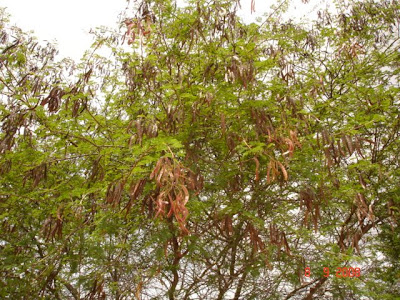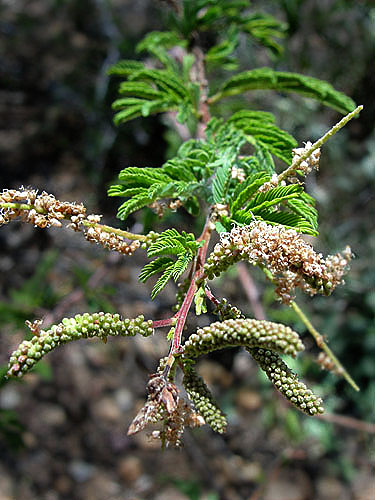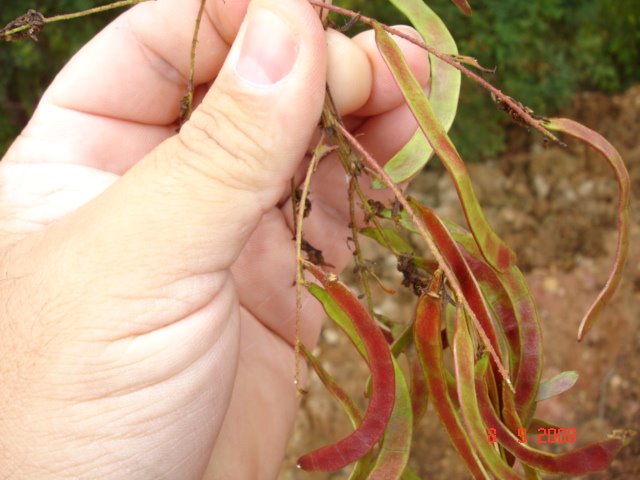Hai fellow Nexians,
I was just lurking around on Wikipedia and came across
a reference of
Mimosa Ophthalmocentra having a DMT
content of
1.6% in it's dried roots. Not bad at all.

Here's the article:
http://en.wikipedia.org/...delic_plants#cite_ref-52That link should take you right to it, top of th page.
I tried to verify the information by clicking on the link Wikipedia gave as
the source for this 1.6% DMT content-claim, but unfortunately the link doesn't
work( Like so many other source-links that don't work on Wikipedia

)
Does anyone here know of this particulair Mimosa? Can anyone here verify
this impressively high DMT content in Mimosa Ophthalmocentra on basis of
chemical analysis done on this Plant?
If not I would really like to recommend Nexians with access to this plant,
and who are capable of doing Chem-Analysises, to make extracts of Mimosa
Ophthalmocentra's dried Roots, Leaves, Seeds & Flowers and weight these
extracts.
Then these different extracts could be analysed to determine
their content, and how much of that is NN,DMT. With this information,
and off course the weight of the original plant-samples used for
the extractions, we can determine what percentage DMT was in these
Mimosa Ophthalmocentra samples. Would be nice to compair these
percentages to the 1.6% DMT claim wikipedia makes.
Anyone with access to Mimosa Ophthalmocentra, a sensitive scales that
can meisure acurately down to 1 mg(0.001g) and the skill & equipment
nececairy for proper Phyto-Chemical analysis: Please don't hessitate
to analyse this plant and it's DMT content. And the more analysises,
the better.
A 1.6% DMT content-claim, people, certainly deserves deeper investigation.
Images to help identify Mimosa Ophthalmocentra:

 Short description by Wikipedia:
Short description by Wikipedia:Mimosa ophthalmocentra, Jurema-embira ( "Red Jurema" ) is a tree in the Fabaceae family. It is native to Brazil.[1] It is shrub or small tree about 3 to 5 m tall.[2][3] Its blossoms come in long, narrow cylindrical spikes having yellowish white petals and a white stamen.[3] The blossoms are sometimes found to have a pink tinge.[4] The fruit is green, sometimes with red or purple, flat, about 8 cm long and about 1 cm wide.[4]